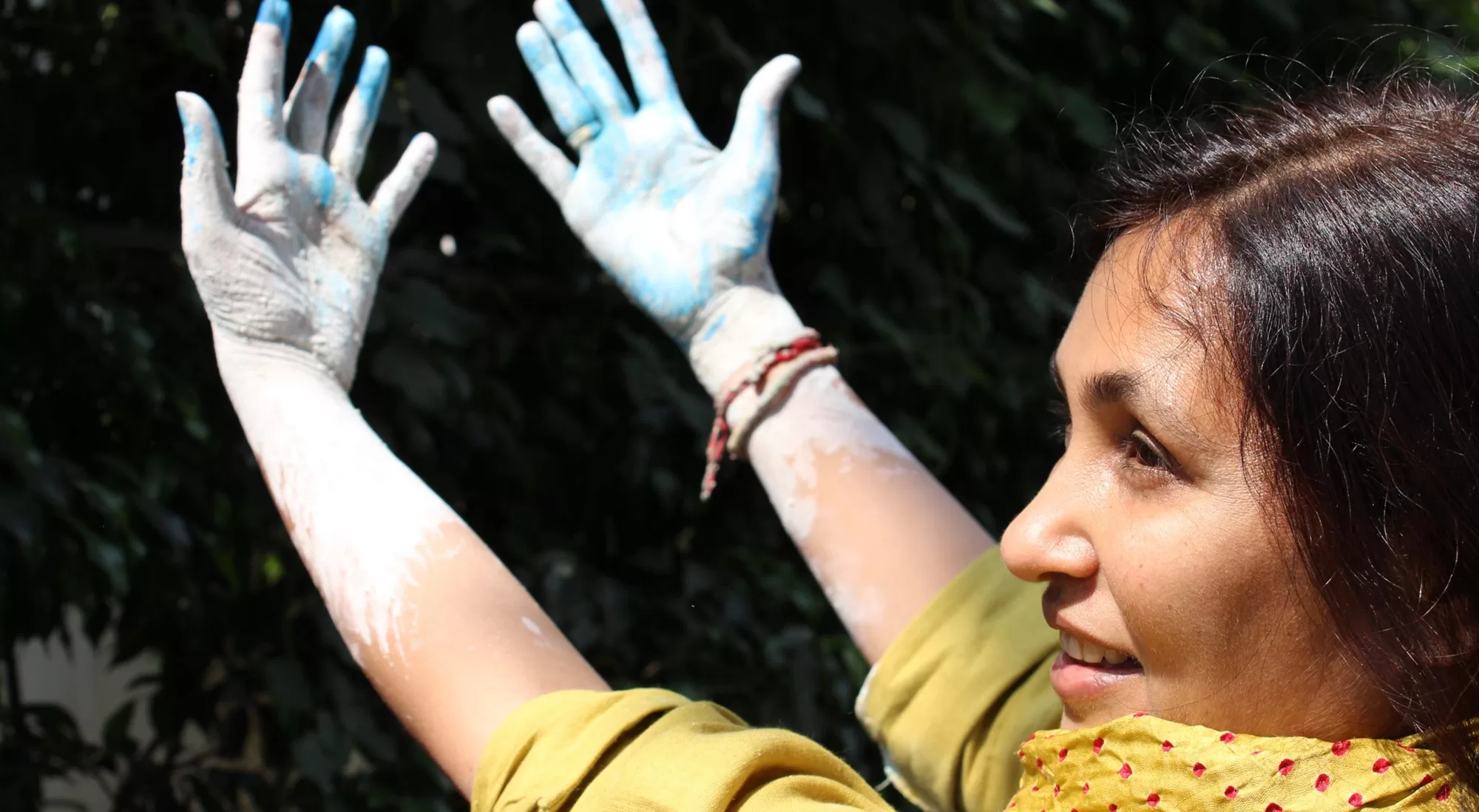Video art is a form of contemporary art that has gained popularity in recent years. The art form uses video technology to create dynamic and interactive experiences for viewers. The art is effective due to the incorporation of sound, movement and digital effects to convey messages to viewers nicely. Short videos with precise messages and information have become popular around the world.
What makes video art unique and effective as an art form? The primary reason for making this art form popular is its ability to challenge traditional notions of art and engage audiences in new and innovative ways. We will explore what makes this contemporary art form effective and popular among viewers:
Interactivity and Engagement
The unique feature of video art is its ability to create interactive and engaging experiences for viewers. Unlike traditional forms of art, which are static and unchanging, video art is dynamic and can be experienced in a variety of different ways. The best thing is that viewers can interact with the artwork, move around the installation and explore its perspectives immediately. As a result, you will get a more immersive and engaging experience with the artwork in a more personal and meaningful way.
Innovation and Creativity
Another unique feature of video art is its ability to push the boundaries of creativity and innovation. A contemporary artist in India is not limited by the physical constraints of traditional art forms, such as painting or sculpture. They can use digital effects, sound, and movement to create dynamic and innovative short videos. Creating videos in the installations challenge traditional notions of what art is and how it should be experienced. This allows for a greater range of creative expression and experimentation, giving a more diverse and dynamic art form.
Accessibility and Inclusivity
Video art is also a highly accessible and inclusive art form. Unlike traditional art forms that often require specialized knowledge or training to appreciate fully, video art can be enjoyed by audiences of all ages and backgrounds. Video installations are often located in public spaces, making them accessible to a wider audience. This creates opportunities for a more diverse range of people to engage with art and dive into an immersive experience.
Social and Political Messages
Video art is suitable to explore and create awareness about social and political issues. Many video artists use their work to comment on issues such as identity, power, and social justice. For instance, Aarti Zaveri, the contemporary artist in Delhi has created many videos using this technology to present societal issues in a more direct and impactful way than traditional art forms. This creates opportunities for dialogue and discussion around important social issues and encourages viewers to think critically about the topic.
Conclusion
Video art is a unique and effective art form that challenges traditional notions of art. Moreover, this art form engages audiences in innovative and interactive ways. The ability to engage and inspire viewers make the video art more effective. Artists are using this contemporary art form to push the boundaries of creativity and innovation, and also play a vital role in shaping the cultural landscape of our society. As a contemporary artist in India, Aarti Zaveri has been using this art to convey messages on societal issues over the years.

